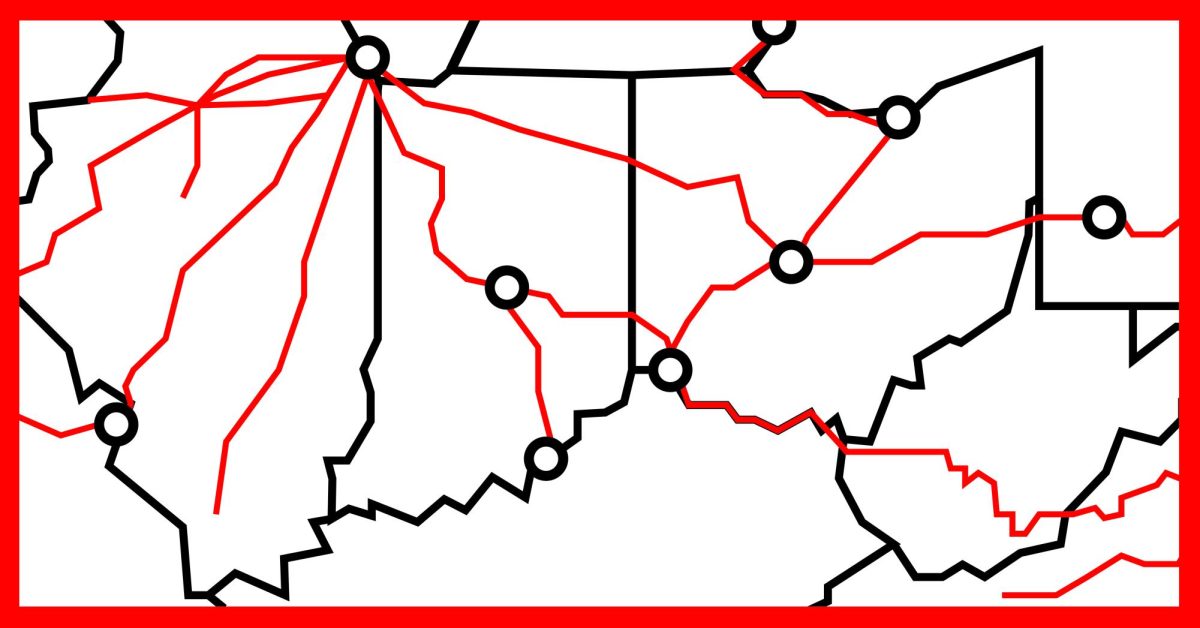This post was submitted to Manual RedEye by Michael Harris (12, MST).
Currently, some progressives have used the word “oppression” to describe numerous social ills caused by inanimate entities such as society or corporations. This use of rhetoric led to a great division between minority groups and their white counterparts, between the poor and the rich and between other “opposing” groups. Progressives have advocated for relief for these “oppressed” groups through government aid, whether that be affirmative action programs or welfare.
The sentiment surrounding government aid programs depicts them as beneficial without question. In reality, however, these programs, and the deceptive rhetoric surrounding them, are extremely harmful to the culture of minority groups: specifically, the black community. The degradation of the culture of minority communities has led to many of the social ills these communities face today.
Before massive government aid programs were implemented, the black community was strong in regards to family structure, which is essential to the progression of any demographic. During the late 1960s, a time of supposed prosperity for minority groups, Lyndon B. Johnson implemented his Great Society, which propelled numerous entitlement programs.
Because most blacks compose the lower class, these programs affected them the most. Despite the rhetoric around these programs, the result was disastrous to the once strong family structure. In 1950, 23.9 percent of black households were single parent households while 22.8 percent of all households were single parent households. However, in 1965, 31.9 percent of black households were single parent households while 14.9 percent of all households were single parent households. Entitlement programs granted more aid to households with more dependents, which only led to more children born outside of wedlock. Children born outside of wedlock typically have poor health at birth, low academic performance, and emotional instability. The cultural impact of these programs is significant.
Such cultural traits still persist in minority and poor communities, which has led to the perpetuation of poverty. Black families are now broken up more than ever. Cries of oppression still persist among some progressives. When people continue to cry “oppression,” they continue to destroy the communities they seek to help.
Featured image citation: Image of a medicare paper. Photo by the Gerald R. Ford School of Public Policy, University of Michigan. Image found on Flickr, and licensed under CC BY-ND 2.0. No changes were made to the original image. Use of this image does not indicate photographer endorsement of this article. Image link: https://www.flickr.com/photos/fordschool/20336342129





Michael Harris • Nov 24, 2018 at 11:50 pm
“The academic research on the subject is mixed, but it’s certainly true that (a) a rise in welfare spending starting in the 1960s coincided with a skyrocketing rate of nonmarital births and (b) welfare was structured in a way that facilitated nonmarital childbearing because benefits were available primarily to single-parent households.” – https://ifstudies.org/blog/more-welfare-more-marriage
Welfare benefits were more readily available to single-parent households thus incentivizing single-parenthood. Indeed, I did not make that totally clear.
Patrick Smalley • Nov 24, 2018 at 2:16 pm
While I am not especially sympathetic to this take, it’s good for RedEye as a newsroom to foster a diversity of opinion. As a reader, I’m willing to hear this argument out if the proper economic data is marshaled. Specifically, the article lacks the connection as to how the incentive structure of government aid encourages families to produce children out of wedlock (as opposed to as a couple). For a relatively controversial argument, I think this article could have benefited from a longer-form analysis. Perhaps an extra paragraph or two would have given the guest contributor more room to make his point. Props to RedEye for encouraging a heterodox publication, even if I am skeptical of the merits of Mr. Harris’s Argument.